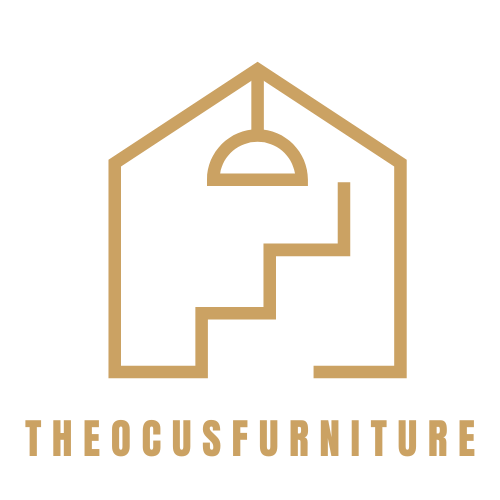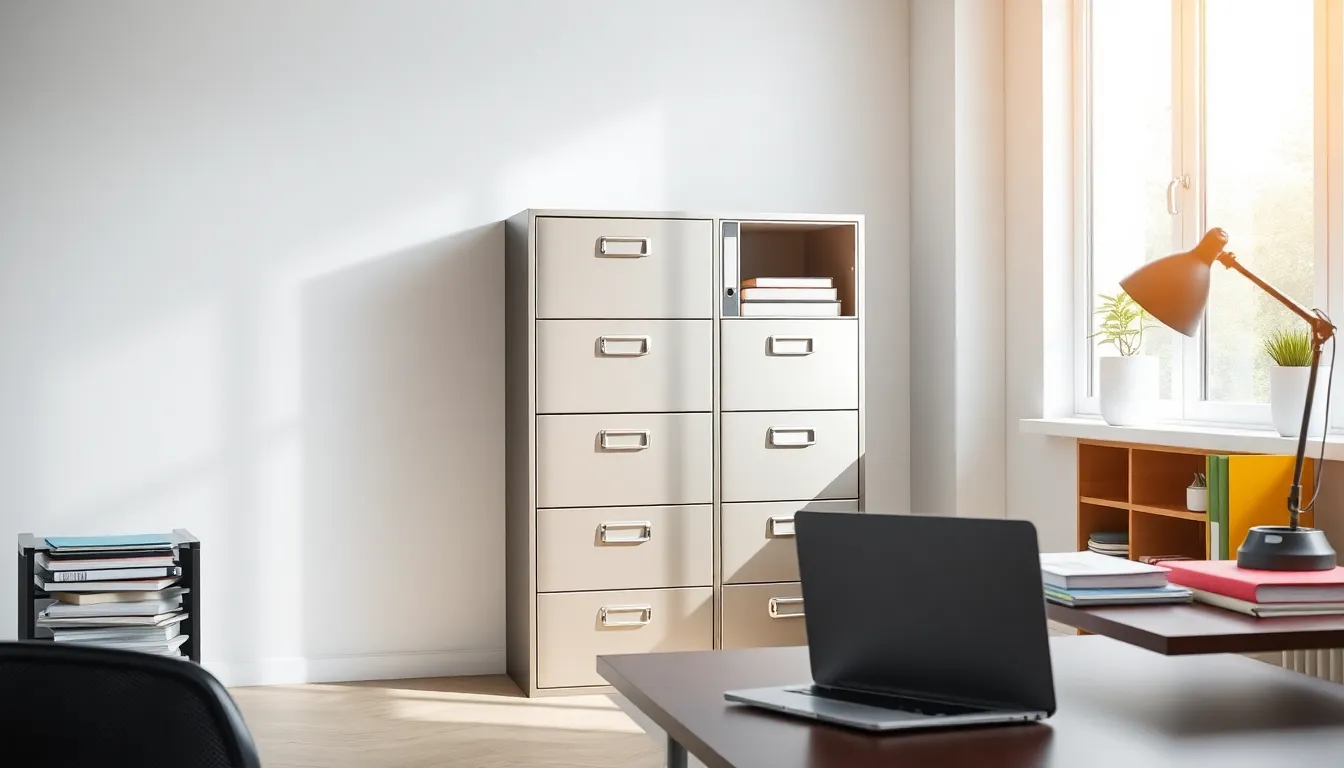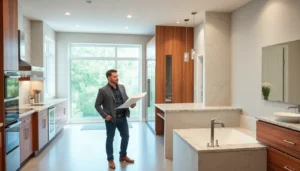Imagine this: you sit down to tackle your work, but papers are strewn everywhere. The only filing system you have is a giant pile labeled ‘help.’ Sound familiar? A filing cabinet for your home office isn’t just a piece of furniture: it’s your office’s secret weapon. In this text, we’ll jump into the importance of organization, provide tips on choosing the right cabinet, and help you transform your chaotic workspace into a sanctuary of productivity. Let’s get started.
Table of Contents
ToggleImportance Of Organizing Your Home Office

Organizing a home office is essential for anyone working from home. A clutter-free space can enhance productivity, reduce stress, and create a professional atmosphere. When everything is in its place, employees can easily locate documents, reducing time wasted in searches. Also, an organized office space fosters creativity and helps maintain focus. Simply put, a little organization can go a long way in ensuring maximum efficiency and peace of mind.
Choosing The Right Type Of Filing Cabinet
Selecting the perfect filing cabinet is crucial for any organized home office. Here are a few factors to consider:
Factors To Consider When Buying A Filing Cabinet
When buying a filing cabinet, consider its intended use. Will it store sensitive documents, general paperwork, or both? Lockable filing cabinets offer added security for personal files, while open designs help easy access to frequently used papers. Think about how often you need access to your files: this can influence the type you choose.
Size And Space Considerations
Space is often at a premium in home offices. Measure your office carefully before making a purchase. A bulky cabinet can overwhelm a small room, while a compact model can fit snugly into an unused corner. Also, consider how much paperwork you need to store and choose a size that accommodates your growing collection without cluttering your workspace.
Material And Durability
Filing cabinets come in various materials, including metal, wood, and plastic. Metal cabinets may last longer and withstand wear and tear. Alternatively, wooden cabinets can add warmth and style to a home office. Assess the durability and aesthetics that suit your office’s design. At the end of the day, you want a cabinet that will stand the test of time.
Style And Aesthetics
Your filing cabinet doesn’t have to be an eyesore hidden away in a corner. The right cabinet can enhance your office’s design. Choose colors and styles that complement your existing decor. For a chic, modern look, go with sleek metal finishes. Alternatively, wooden cabinets can provide a classic touch. Remember, an aesthetically pleasing space can lift spirits and create a more enjoyable working environment. A cabinet that resonates visually can make a mundane task like filing feel a little less daunting.
Setting Up Your Filing System
Once the right cabinet is in place, the next step is setting up an efficient filing system.
Tips For Maintaining An Organized Filing Cabinet
Start by categorizing documents. Group similar files together, such as finances, projects, and personal records. Use folders or portfolios to keep papers separated and neat. Regularly review and tidy up to ensure the system remains functional. This proactive approach saves time later and makes finding information effortless.
Regular Purges And Updates
Regularly purging files is essential. Every few months, take time to sift through your documents and discard anything that is no longer necessary. This not only reduces clutter but helps in maintaining a streamlined filing system. Keeping items updated ensures that the cabinet remains useful and relevant.
Labeling And Categorizing Documents
Labeling is key when it comes to an efficient filing system. Clear and consistent labels help instantly identify files, leading to quicker access. Use a labeling system that works for you, color-coded labels can simplify the organization process. Categorizing documents ensures that everything has a designated home, preventing chaos from creeping back into your office. Whether it is a simple A-Z system or something more specific like projects, effective categorization is the backbone of an organized workspace.




